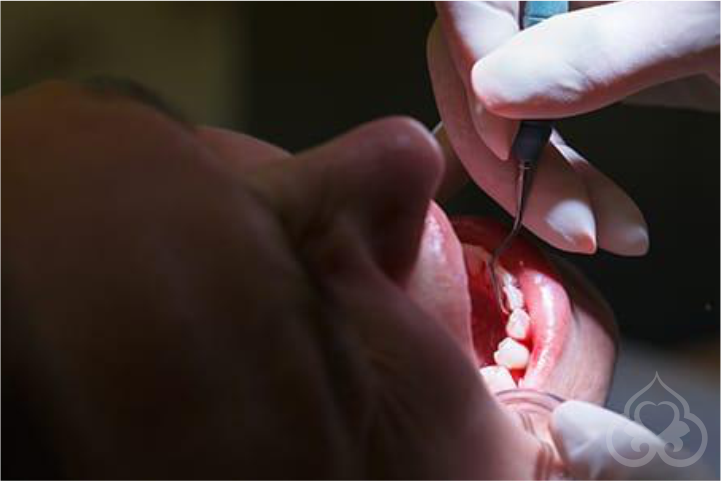Noticing bleeding gums while brushing or flossing can cause alarm. Often the cause of bleeding gums is as simple as brushing too hard, but in some instances it can be a symptom of something more serious.
Bleeding Gums Causes
One of the biggest bleeding gums causes is the buildup of plaque on the teeth. If left unaddressed this will lead to gingivitis, an early stage of gum disease. Alongside bleeding gums, symptoms of gingivitis include red and puffy gums.
Gingivitis occurs when plaque, which contains bacteria, builds up on teeth and produces toxins that irritate the gums. Signs of gingivitis include bleeding, puffy, sore, inflamed or red gums. Managing gingivitis is important so that it doesn’t progress into a more serious form of gum disease.
Thorough daily plaque removal is your best weapon against gingivitis. Other factors that might increase your risk of gingivitis include smoking, stress, hormonal changes, poor nutrition, medications and chronic diseases.

Treatment and Prevention of Gingivitis
Here are some important ways to help manage gingivitis, and remember, it’s all about keeping your teeth as free from plaque as possible:
- Brush thoroughly twice a day with an antigingivitis toothpaste
- Rinse thoroughly with an antigingivitis mouthwash
- Use a soft bristled manual or electric rechargeable toothbrush
- Floss daily
- Visit your dental professional regularly
Bleeding Gums Treatment
The best way to find out the cause of your bleeding gums is to book an appointment with a dental professional.
Your dentist or dental hygienist will be able to advise you on the best bleeding gums treatment according to your symptoms.
